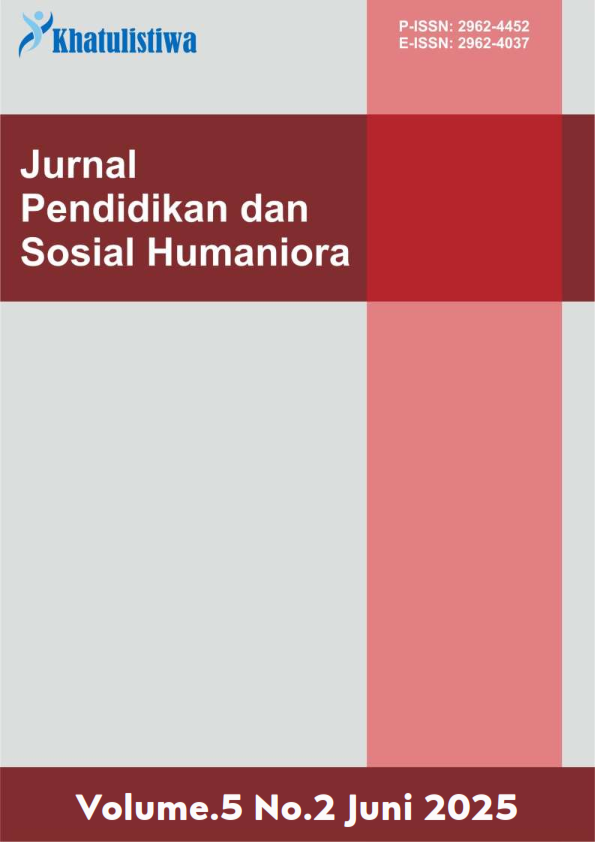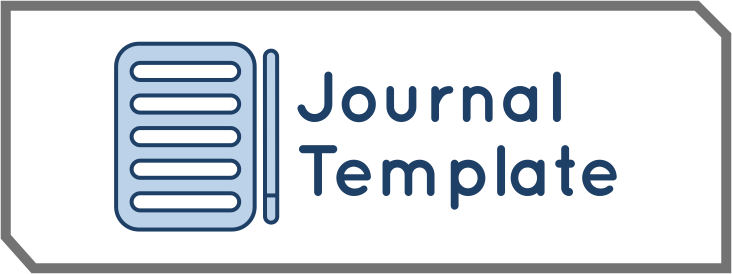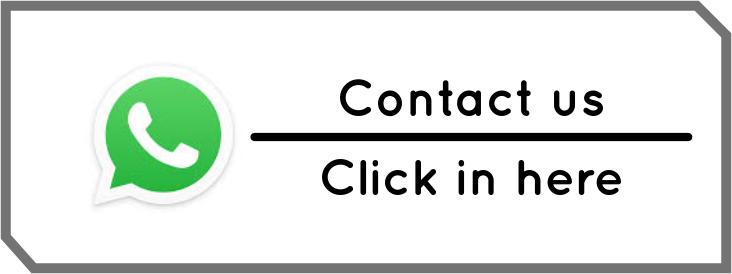Strategi Diferensiasi Proses Berbasis Pixton: Solusi Inovatif Bagi Pembelajaran Menulis Bahasa Jerman di SMA
DOI:
https://doi.org/10.55606/khatulistiwa.v5i2.5827Keywords:
Innovative teaching, Process differentiation, Pixton media, Writing skillsAbstract
Students’ writing proficiency in German language classes at SMAN 1 Driyorejo remains generally low, despite its significance for fostering deeper linguistic understanding. To address this challenge, process differentiation strategiesincluding the innovative use of Pixton media are essential for improving writing skills. This study analyzes how Pixton supports process differentiation as an innovative solution for German writing instruction in high schools. Using a qualitative descriptive approach, data were collected through in-depth interviews and literature review, then analyzed thematically. Findings reveal that process differentiation enables personalized learning aligned with students’ abilities and learning styles, while Pixton provides an engaging platform for expressing ideas through visual storytelling. The study recommends that educators adopt adaptive and responsive teaching practices to better address students’ needs in German language learning.References
Amalia, R., & Priyanto, H. (2021). Technology Integration in Differentiated Instruction: A Review. Educational Innovations Review, 15(4), 213-225.
Arsyad, A. (2011). Media Pembelajaran. Jakarta: Raja Grafindo Persada.
Blume, C. (2019). Games and Gamification in English Language Teaching: A Systematic Review. CALICO Journal, 36(1), 1-20.
Briggs, L. J. (1977). Instructional Design: Principles and Applications. New York: Educational Technology Publications
Ertmer, P. A., & Ottenbreit-Leftwich, A. T. (2019). Teacher Technology Change: How Knowledge, Confidence, Beliefs, and Culture Intersect. Journal of Research on Technology in Education, 42(3), 255-284.
Hall, T., Meyer, A., & Rose, D. H. (2016). Universal Design for Learning in the Classroom: Practical Applications. New York: Guilford Press.
Gerlach, V. S., & Ely, D. P. (1980). Teaching and Media: A Systematic Approach.
Englewood Cliffs: Prentice-Hall
Ki Hajar Dewantara. (1961). Karya Ki Hajar dewantara: Bagian Pertama (Pendidikan). Yogyakarta: Taman Siswa.
Kemp, J. E., & Dayton, D. K. (1985). Planning and Producing Instructional Media.
New York: Harper & Row.
Kurniawati, D., et al. (2020). Digital Comics for Enhancing Students’ Writing Skills.
Educational Technology Journal, 9(1), 72-85.
Lestari, S., & Hadi, M. S. (2021). Digital Media in Teaching Writing: A Case of EFL Learners. TEFLIN Journal, 32(3), 315-332.
Meryam, A., & Usman, M. (2017). Keterampilan Menulis Kalimat Sederhana Bahasa Jerman dengan Menggunakan Media Gambar Siswa Kelas XI IPA Madrasah Aliyah Negeri 1 Makassar. Eralingua: Jurnal Pendidikan Bahasa Asing Dan Sastra, 1(2).
Müller, K., & Schmidt, R. (2018). Interactive Media in Language Learning: A Case Study in German Schools. European Journal of Education Research, 7(2), 134-150.
Permana, P. (2013). Efektivitas Penerapan Learning Management System (LMS) Dalam Meningkatkan Kemampuan Menulis Mahasiswa Bahasa Jerman. Allemania, 2(2).
Pratiwi, D., & Yusuf, M. (2019). The Use of Visual Storytelling to Enhance Students' Writing Skills in EFL Contexts. Asian EFL Journal, 21(4), 74-92.
Prensky, M. (2001). Digital Natives, Digital Immigrants Part 1. On the Horizon, 9(5), 1-6
Prensky, M. (2001). Digital Natives, Digital Immigrants Part 2: Do They really Think Differently?. On the Horizon, 9(6), 1-6
Schreiber, L., & Wagner, T. (2020). The Role of Technology in Developing Writing Skills. International Journal of Language Studies, 14(1), 89-102.
Susanti, A., & Hartono, B. (2019). Differentiated Instruction in English Learning for High School Students. Journal of Language Teaching, 12(3), 45-58.
Tomlinson, C. A. (2017). How to Differentiate Instruction in Academically Diverse Classrooms (3rd ed.). Alexandria, VA: ASCD.
Wang, S., & Vásquez, C. (2017). Web 2.0 and Second Language Learning: What Does the Research Tell Us? CALICO Journal, 29(3), 412-430.
Yamada, M., & Yoshikawa, M. (2019). Enhancing Writing Skills through Digital Platforms in EFL Contexts. Asian EFL Journal, 23(1), 92-108.
Zhang, W., & Zhu, C. (2018). The Impact of Technology-Enhanced Learning on Second Language Acquisition. Journal of Educational Technology, 15(2), 110-126.
Ziegler, N., & Phelps, C. (2021). Exploring the Impact of Digital Media on Writing Proficiency in Foreign Languages. Language Learning and Technology, 25
Downloads
Published
How to Cite
Issue
Section
License
Copyright (c) 2025 Khatulistiwa: Jurnal Pendidikan dan Sosial Humaniora

This work is licensed under a Creative Commons Attribution-ShareAlike 4.0 International License.








